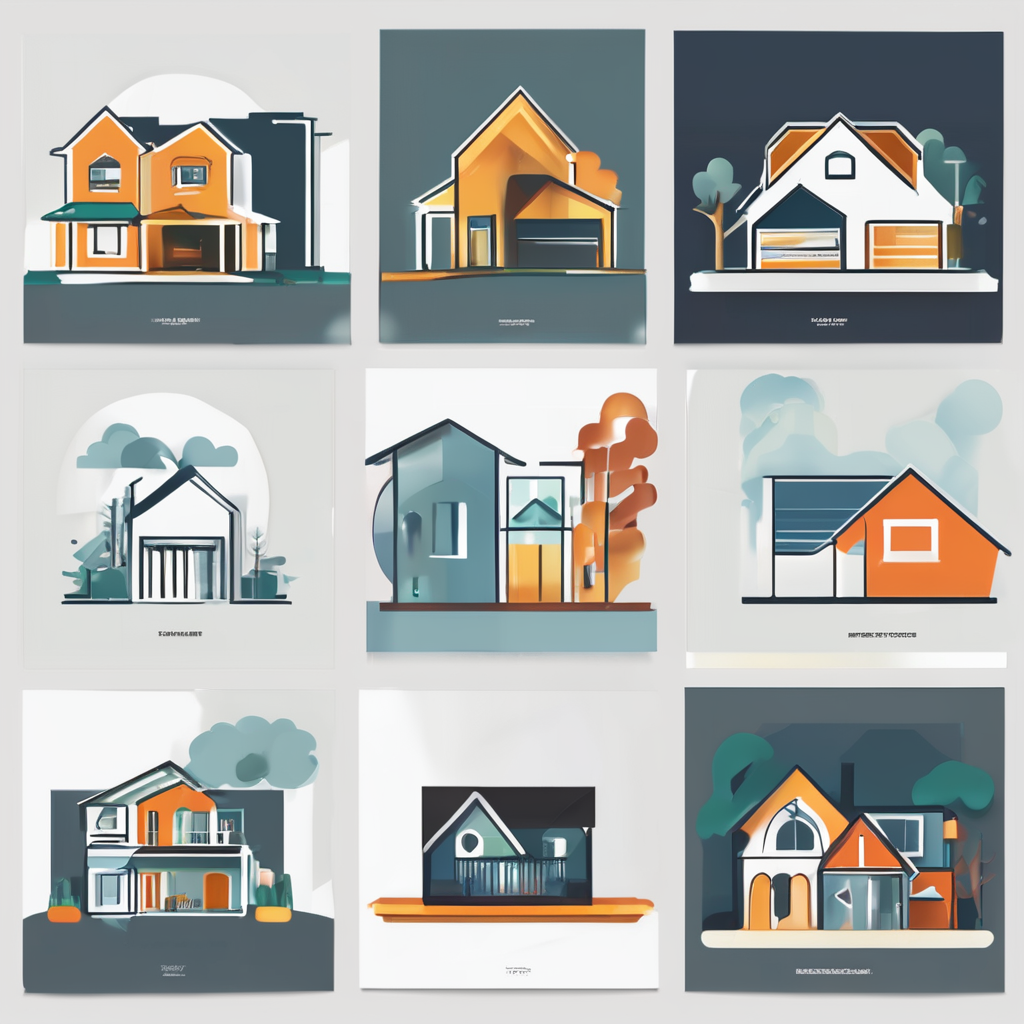Distinctive Characteristics of Unique UK Home Architecture
Unique UK home architecture stands apart through specific defining features that reflect local history, materials, and design philosophies. Unlike common residential designs such as typical Victorian terraces or Edwardian semis, unique homes often emphasize craftsmanship, individuality, and a harmonious relationship with their surroundings.
One critical aspect distinguishing unique UK architecture lies in architectural style characteristics that highlight particular periods or regional influences. For example, the use of traditional stone or reclaimed brick often communicates a deeper connection to place, while elaborate wooden frameworks or intricate brick patterns set apart homes with bespoke detailing from more standardized builds.
Additional reading : What Factors Should You Consider When Redesigning Your UK Home?
Location also plays a vital role. Coastal, rural, or urban settings impact the choice of materials and style; in seaside villages, for instance, weather-resistant materials and bright exteriors may prevail, contrasting with the heavy stone constructions common in historic northern areas.
The importance of historical influences cannot be overstated. Many unique homes incorporate elements from Tudor, Georgian, or Arts and Crafts styles, blending past aesthetics with modern needs. This respect for history, combined with careful material selection and thoughtful design, creates homes that are not only visually compelling but also resonate with the cultural heritage of their locale.
Also read : What Are the Emerging Trends in UK Home Design for This Year?
Standout Historical Architectural Styles in UK Homes
Historical architectural styles UK offer a fascinating glimpse into Britain’s rich period homes heritage. Among these, Tudor Revival, Arts and Crafts, and Georgian Gothic stand out as exceptional examples that define unique UK home architecture through their distinctive architectural style characteristics.
Tudor Revival homes draw inspiration from the 16th century, featuring steeply pitched roofs, decorative timber framing, and tall, narrow windows. These defining features evoke a sense of medieval craftsmanship while adapting to modern living. Arts and Crafts style homes emphasize handcrafted elements, using local materials and simple forms, often showcasing exposed beams and leaded glass—highlighting a handcrafted ethos running through unique UK home architecture.
Georgian Gothic merges the symmetry and proportion of Georgian architecture with Gothic motifs such as pointed arches and intricate stonework. This combination produces striking period homes that combine historical grandeur with intricate detailing.
These historical architectural styles UK illustrate how unique architectural style characteristics preserve cultural heritage while offering variety beyond common residential designs. They also demonstrate the importance of craftsmanship and authenticity in creating truly memorable homes.
Noteworthy Modern and Contemporary UK Home Styles
Modern UK home styles showcase a shift toward functional design, clean lines, and innovative material use, distinguishing them from traditional period homes. Contemporary residential architecture often emphasizes large windows, open-plan interiors, and energy efficiency, catering to modern living demands while creating visually striking homes.
Unusual modern homes in the UK can feature bold geometric forms, sustainable building materials, and integration with the landscape. For example, some designs incorporate green roofs or solar panels, reflecting an eco-conscious approach. Postmodern influences may introduce playful shapes or colour contrasts, breaking from the symmetry and ornamentation common in older styles.
These distinctive modern UK home architectures prioritize adaptability and a seamless connection between indoor and outdoor spaces. The contrast with traditional homes lies in simplicity and innovation rather than ornate detailing.
By focusing on space utility and aesthetic minimalism, these styles address contemporary lifestyles but still respect site context and surroundings, blending cutting-edge design with practical residential needs. Such homes demonstrate how architectural style characteristics evolve to meet changing cultural and environmental priorities while maintaining individuality within unique UK home architecture.
Distinctive Characteristics of Unique UK Home Architecture
Unique UK home architecture distinguishes itself through several defining features that elevate it beyond common residential designs like Victorian terraces or Edwardian semis. At the core are architectural style characteristics that reflect a keen attention to craftsmanship and individuality. Unlike mass-produced homes, unique homes often reveal bespoke elements such as intricate brickwork, custom timber framing, or thoughtfully incorporated historical details that speak to their regional identity.
These homes emphasize harmony with their surroundings, utilizing local, often natural materials—stone, reclaimed brick, or timber—that echo the landscape and heritage of their location. The selection of such materials is not merely aesthetic; it enhances durability and environmental integration, especially in varied UK settings from coastal villages to rural countryside.
Moreover, location dictates many design choices, making site-specific responses a defining feature. Coastal homes might utilise weather-resistant finishes and brighter palettes to counteract harsh conditions, while northern stone cottages favor heavier, more insulating materials.
Ultimately, the synergy of defining features—materiality, craftsmanship, and contextual sensitivity—creates a distinctive architectural language. This language sets unique UK home architecture apart by preserving cultural heritage and addressing modern living in ways common designs rarely achieve.
Distinctive Characteristics of Unique UK Home Architecture
Unique UK home architecture is marked by defining features that diverge distinctly from more common residential designs such as Victorian terraces or Edwardian semis. These homes showcase exceptional architectural style characteristics including bespoke craftsmanship, intricate timber or brickwork, and tailored adaptations to their environment.
Key to distinguishing these unique homes is the thoughtful use of materials. Local stone, reclaimed brick, and native timber play vital roles in embedding a residence within its landscape and heritage. This material sensitivity not only reflects cultural narratives but also supports construction durability suited to specific UK climates.
Location heavily influences design choices, from coastal homes featuring bright, weather-resistant finishes to rural cottages prioritizing insulation and solidity. Such responsiveness to site conditions reinforces the individuality of these dwellings.
Moreover, unique UK home architecture often incorporates subtle historical references without replicating standard period styles; this layering creates a sophisticated blend of tradition and innovation. The convergence of design precision, material authenticity, and site-specific adaptations constitutes the core defining features that elevate unique homes beyond ordinary architectural expressions across the UK.


